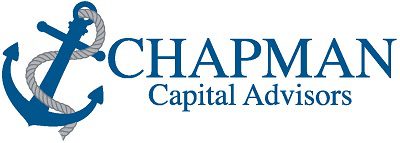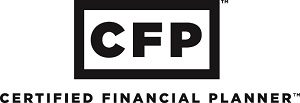Do you know the saying “If it sounds too good to be true it usually isn’t� Upfront bonuses on annuity purchases have been around for a while now, and they probably are not going away anytime soon. I am here to shed some light on the truth behind the bonus that your Insurance agent or financial advisor is trying to sell you or has sold you already. If you have already bought one of these products, there is little you can do to get your money back. However, if you are thinking of purchasing one of these products, please read this and share it with your friends.
All these bonus annuities come with a catch. The catch is that the bonus really isn’t your money and it’s not free. The reality is that you will pay more for this bonus over the life of the annuity than it is really worth. Let me walk you through this step by step. You meet with your advisor or annuity sales representatives and they present you with this “great†product that promises you won’t lose money and you could potentially have stock market like returns. Then to top it off they tell you that the insurance company is going to pay you 10 percent upfront on whatever you invest. Wow, that sounds like a great deal until you really read through the prospectus, not the sales literature.
The sales literature is there to convince you to buy, but most of the important facts are hidden or buried in small print. So you decide to buy this product and there is a ten year surrender charge schedule that penalizes if you sell the product before that time frame is over. The schedule is usually pretty expensive, upwards of 10 percent penalty, and it will deter you from selling the product before the 10 years is up. This schedule is built this way for a reason. The bonus annuity comes with an added internal expense that over the 10 year period will pay for the bonus you got up front.
In plain English, you are paying for the bonus and in many cases you are actually paying more for the bonus. In my opinion, it’s false advertising. They should call it a loan that the insurance company gave you over a 10 year period which you paid interest on. Here’s another catch. If you surrender or sell the product before the surrender period expires, you do not get to keep the bonus. Oh and by the way, you will never achieve the returns that the sales person tells you. It will not generate stock market like returns. These products will generate returns far less than what the stock market will give you over a ten year period.
Look, at the end of the day nothing in life is free. These products are sold by brokers because they pay BIG commissions. If there’s a 10 year surrender, there’s usually a 10 percent commission. How do you think the insurance company can afford that without getting it back from the consumer?
Am I eligible to Convert my Traditional IRA to a Roth IRA?
Converting your Traditional IRA to a Roth IRA can be one of the best financial decisions made when saving for retirement if done correctly. Prior to 2010 there was an income limit that restricted the conversion to a Roth IRA if your (AGI) was over $100,000. As of 2013, the income limitation does not exist for a conversion, but it still exists for contributions. This does not mean it will not come back in the future, but for 2013 and beyond anyone can convert an existing Traditional IRA to a Roth IRA regardless of income.
For example, someone has a Traditional IRA with $350,000 invested, that IRA can be converted to a Roth and all the taxes need to be paid for the tax year the conversion was completed. After converting to a Roth, the money grows tax-free. Paying the taxes on this money now might sound like a tough pill to swallow, but the potential tax savings down the road can be significant. Wouldn’t you rather pay taxes on $350,000 now than pay taxes on $1,000,000 in the future? One of the keys to doing this correctly is paying the taxes with funds outside of a qualified plan. Paying the taxes with money from the IRA defeats the purpose and will negate the full tax saving potential.
This is just one example of completing a Roth conversion. You can do partial conversions as well. This means you do not have to convert the entire account. You could develop a strategy of doing partial Roth conversions over multiple years. The key is to consult with your tax advisor or accountant to make sure the conversion will not put you into another tax bracket. Every dollar you convert is taxed at your ordinary income tax rate. This strategy works best for younger investors who have longer to allow the money to grow and compound. It can also work well for an older investor who is in a low tax bracket. Another reason to convert to a Roth is that Roth IRAs are not subject to the Required Minimum Distribution after you reach age 73. For those of you out there that do not plan to use your IRA money to live this can be a huge advantage when it comes to passing along your IRA to your beneficiaries. Roth IRAs continue to grow tax-free after the conversion and after you die. There are distribution requirements for the beneficiaries, but the distributions are tax-free as well.
This strategy might not be right for everyone. I would advise you to consult with a Certified Financial Planner™ or your tax advisor prior to taking advantage of this potentially large tax savings. One of the best times to complete a Roth conversion is when the value of your Traditional IRA has fallen due to a market correction like we experienced in 2022. If you have questions on this article or would like to schedule a free financial review. Please contact Jay Chapman at 772-320-9658 or email [email protected].




